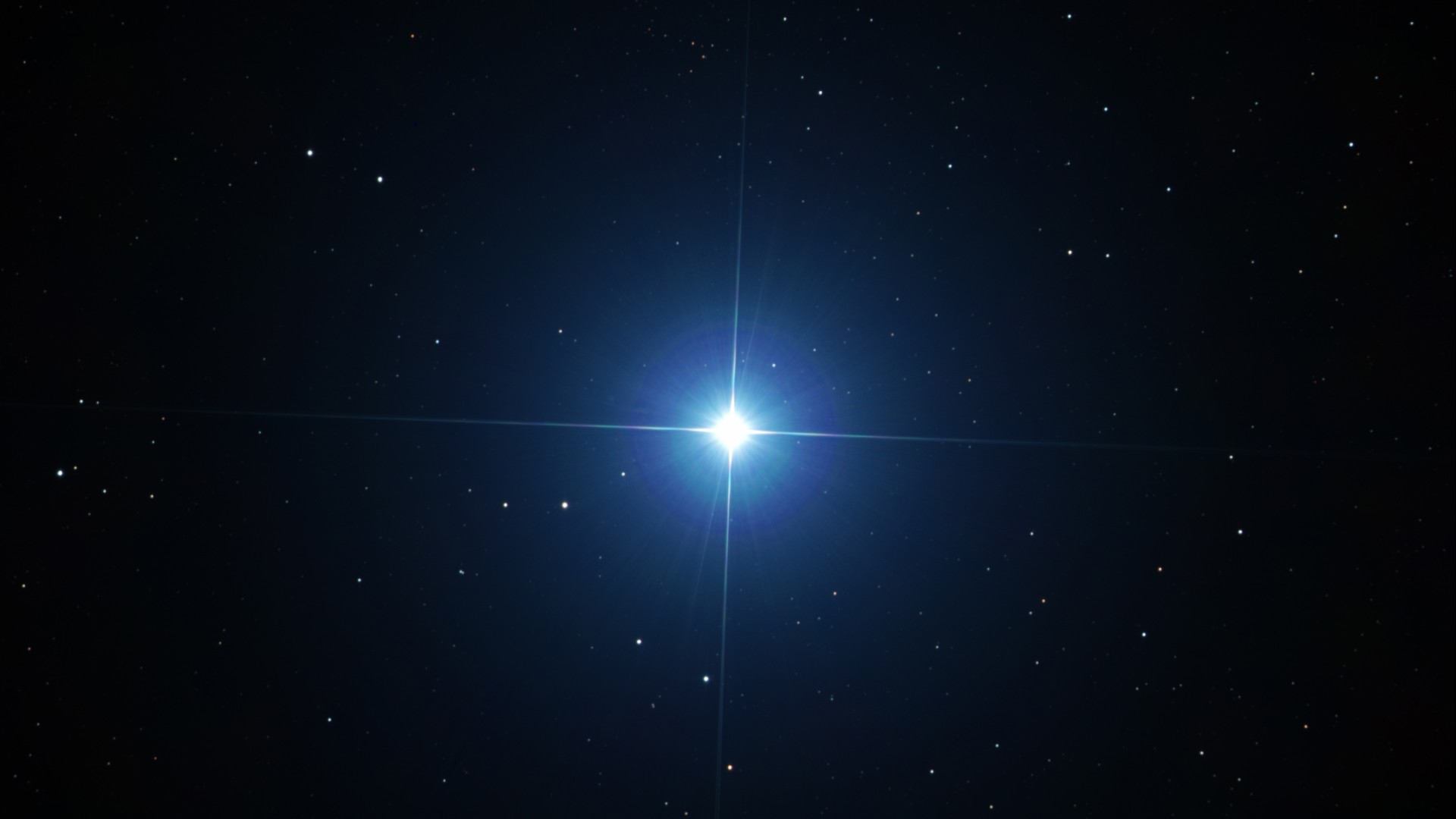Soar Through the Heart of a Supernova in This Gorgeous New Simulation
See Cassiopeia A like never before.

When the universe's largest stars run out of fuel and die, they explode in technicolor tsunamis of gas and dust that can stretch on into space for dozens of light-years. To see the full array of cosmic colors left behind by a star gone supernova, you generally need some pretty sophisticated telescopes capable of seeing light beyond the visible spectrum. But today, you can grab a front-row seat to those cosmic pyrotechnics by clicking over to this new 3D simulation released by the Smithsonian.
The interactive, 360-degree graphic allows armchair astronauts to navigate through the heart of a supernova remnant using just their mouse and arrow keys. The simulation shows the likeness of an actual supernova site called Cassiopeia A, a 10-light-year-wide cloud of stellar debris located in the Milky Way's Cassiopeia constellation (about 11,000 light-years from Earth). The supernova's colorful likeness was re-created using actual observations measured in gamma ray, infrared, ultraviolet, X-ray and radio wavelengths, provided by half a dozen observatories around the United States.
Related: 15 Amazing Images of Stars
With all these elusive light sources laid on top of one another, the resulting image is a rainbow collage of green iron, yellow silicon, red argon and magenta neon gas clouds crisscrossed by purple jets of scorching-hot matter streaking out of the debris. At the center of this gassy mosaic is the ominous image of a neutron star — the ultradense, ultrasmall core of the collapsed giant star responsible for the supernova debris in the first place.
Cassiopeia A was first described in 1947, but researchers think its light first appeared in Earth's sky about 300 years ago. The colorful shell of gassy debris is still thought to be expanding — possibly as quickly as 3,700 miles per second (6,000 kilometers per second), according to a 2006 study — and might have a temperature of about 50 million degrees Fahrenheit (28 million degree Celsius). For now, it's probably best just to visit on your computer screen.
- The 10 Greatest Explosions Ever
- The 12 Strangest Objects in the Universe
- 9 Strange, Scientific Excuses for Why We Haven't Found Aliens Yet
Originally published on Live Science.
Get the Space.com Newsletter
Breaking space news, the latest updates on rocket launches, skywatching events and more!
Join our Space Forums to keep talking space on the latest missions, night sky and more! And if you have a news tip, correction or comment, let us know at: community@space.com.

Brandon has been a senior writer at Live Science since 2017, and was formerly a staff writer and editor at Reader's Digest magazine. His writing has appeared in The Washington Post, CBS.com, the Richard Dawkins Foundation website and other outlets. He holds a bachelor's degree in creative writing from the University of Arizona, with minors in journalism and media arts. He enjoys writing most about space, geoscience and the mysteries of the universe.











